Contrary to what their name suggests, heavy duty pumps are not only for specific industrial uses; they can be used as pesticide sprayers on agricultural farms and gardens.
agriculture heavy duty pump sprayer
It is normal practice to utilize hydraulic sprayers for the application of pesticides in order to control weeds, insects, and diseases in field crops, ornamentals, grass, fruits, and vegetables as well as rights-of-way. Sprayers that are tractor-mounted, pull-type, pickup-mounted, and self-propelled are all available from a variety of manufacturers and can be used in any spraying scenario. Application rates can range anywhere from less than one gallon per acre to more than one hundred gallons per acre, and spray pressures can range anywhere from close to zero to more than three hundred pounds per square inch (PSI) (GPA). All sprayers share a few common components, such as a pump, a tank, an agitating system, a flow-control assembly, a pressure gauge, and a distribution system. These components are known as “standard parts.” The proper application of pesticides ought to result in some sort of monetary gain. Incorrect application can result in waste of chemical resources, inefficient pest control, excessive carryover, or damaged crops, all of which add up to a significant increase in expenses. The agricultural industry is currently facing significant challenges on both the economic and environmental fronts. Because of the high cost of pesticides and the critical need to protect the environment, applicators have an incentive to perform their duties with regard to pesticides to the best of their abilities. According to the study, one of the most common reasons for application issues is an incorrect calibration of the sprayer. Researchers in North Dakota found that sixty percent of the people who apply pesticides are off by more than ten percent from the rate that is recommended. The majority were off by at least thirty percentage points. According to the findings of research carried out in another state, improper calibration was identified in eighty percent of the sprayers, while improper mixing was discovered in thirteen percent of the devices. Applicators of pesticides are required to be knowledgeable about the safe and effective use of pesticides, as well as the effects of the chemicals they use, how to properly calibrate and clean their equipment, and the impacts of the chemicals they use. Since pumps, nozzles, and metering systems all wear out over time, it is important to recalibrate equipment on a regular basis to account for this. Spraying dry flow able on an area that is less than 50 acres could cause the nozzle tip to deteriorate, which would require higher application rates. Incorrect application of pesticides in agricultural settings can have unintended and perhaps harmful consequences. When working with pesticides, one must observe all safety procedures to the letter, which includes donning protective gear, reading and adhering to the instructions on all product labels, and so on. Please refer to the instructions that were provided by the manufacturer of the sprayer if you require any further clarification regarding its utilization. Multiple agents, including pre- and post-emergence herbicides, insecticides, and fungicides, can be applied with a sprayer. Swapping out nozzles is possible and can alter the spray volume and pressure in the system. The insecticide being used, the recommended pressure, and the nozzle delivery rate all play a role in determining the type and size of pump needed. A pump’s capacity should be high enough to run the hydraulic agitation system and deliver the required volume to the nozzles. At least 25% more volume is needed by the pump than the maximum volume required by the nozzles. Because of wear on the pumps, this will allow for some agitation and some loss of capacity. It’s important that pumps are pesticide corrosion-proof. Chemicals, such as organic solvents, may be employed, so it’s important that the housings and seals of pumps can withstand them. 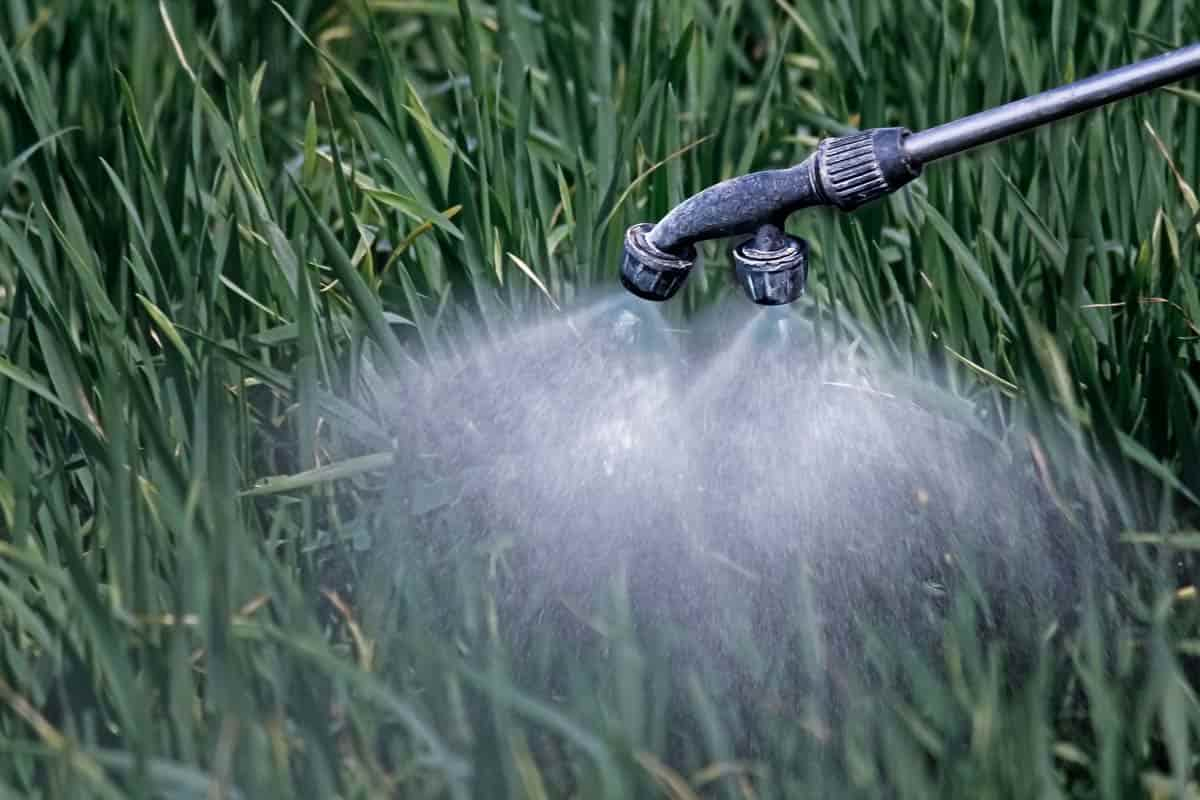
agriculture heavy pump varieties sprayer
The available power supply, the required pressure and volume, and the initial cost of the pump are also important factors to think about. There are typically four distinct varieties of pumps used in agricultural sprayers.
- Centrifugal pumps
- Roller or rotary pumps with rolling vanes
- Piston pumps
- Diaphragm pumps
Low-pressure, high-volume sprayers often use centrifugal pumps. They can easily process wettable powders and abrasive materials without breaking down. The high flow rate of centrifugal pumps (130 GPM or more) means that hydraulic agitators can be employed to mix spray solutions in very large tanks. Centrifugal pumps may generate pressures up to 80 PSI, although their flow rates decrease dramatically after reaching pressures of 30 to 40 PSI. This “steep performance curve” is beneficial since it eliminates the need for a relief valve when regulating pump output. Variations in inlet pressure can affect centrifugal pump performance and lead to inconsistent output in various settings. When in use, centrifugal pumps should spin at a rate of 3,500 to 4,500 RPM (RPM). A mechanism to increase speed must be installed if the tractor’s PTO is to be used. A belt and pulley set is an easy and cheap way to gain speed. The use of a planetary gear system is a further alternative. When installed atop the PTO shaft, the gears are protected from the elements. The hydraulic system of a tractor can be used to power a centrifugal pump using a motor and flow regulator attached directly to the system. This frees up the PTO for other uses, and depending on the design, a hydraulic motor may be better able to compensate for little fluctuations in engine speed without affecting pump speed or output. A direct-coupled gasoline engine can also be used to power pumps, which allows for continuous pressure and output regardless of vehicle speed. Positioning a centrifugal pump below the supply tank will make priming and keeping the pump primed easier. Moreover, centrifugal pumps do not require a pressure relief valve. How to properly attach a sprayer to a centrifugal pump. A strainer is installed in the line of output in order to keep the pump from being impeded by clogged nozzles. A pump’s discharge line features two control valves—one for the agitation line and another for the spray boom. This allows the agitation flow to be controlled separately from the nozzle flow. Centrifugal pumps can have their flow totally cut off without suffering any damage. In order to regulate the spray’s pressure, a throttling valve and bypass line are used instead of a standard pressure relief valve. Typically, the spray pressure and agitation flow are each managed by their own individual throttling valve. Pressure can be modulated from a distance via electrically operated throttling valves set up in a bypass line that is considered a convenient extra. 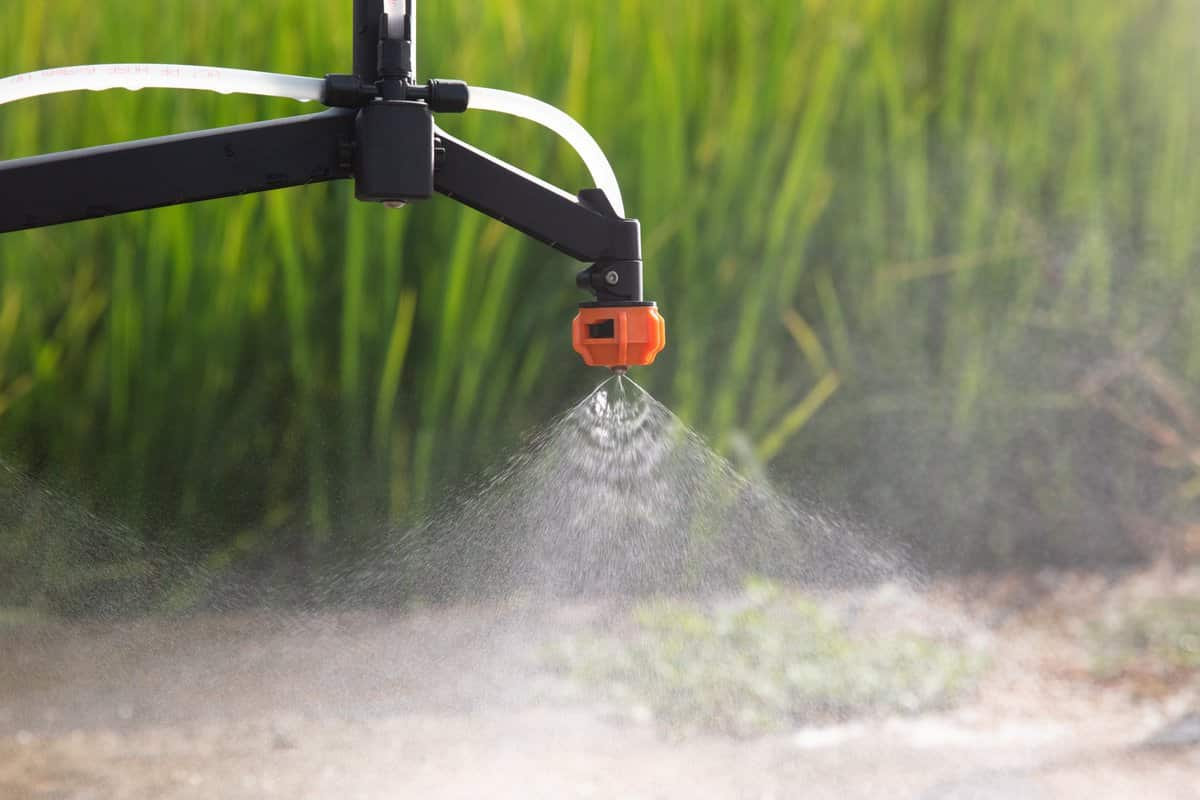 Agriculture Sprayer Used for Farms The use of sprayers on agricultural farms is inevitable. Modern agriculture uses sprayers in different sizes to spray agricultural lands or gardens using modern pumps. Through the use of a valve, the sprayer boom can be detached from the sprayer itself, yet the pump and agitation system can continue to operate normally. Because of electric solenoid valves, it is no longer necessary for hoses that transport chemicals to go through the passenger cabin of the vehicle. A switch box that has been put inside the vehicle’s cabin is used to operate the electric valve. In the event that one of the hoses bursts, the operator will be positioned in a safe area. When spraying with a centrifugal pump, the pressure must be changed by opening the throttling control valve until it is 10 pounds per square inch (PSI) higher than the required spraying pressure. This is done in order to get the desired spraying pressure. It is necessary to turn the agitation control valve until the tank demonstrates evidence of having good agitation. If the agitation caused the pressure on the boom to drop, the main control valve should be readjusted so that the new pressure is 10 PSI higher than the spraying pressure. This will ensure that the boom is properly pressurized. By opening the bypass valve, the pressure in the boom can be brought down to the proper spray level for the application. The operator is given the ability to modify the pressure of the boom in response to changes in the pressure of the system using this valve. Make sure that the rate of discharge from each nozzle is consistent with the others. The operation of a roller pump is accomplished by having a rotor that is equipped with resilient rollers and that rotates inside of an eccentric casing. Roller pumps’ extensive use can be attributed to a number of factors, including their affordable purchase price, compact footprint, and efficient performance at tractor PTO rates. These pumps feature positive displacement in addition to their ability to self-prime themselves.
Agriculture Sprayer Used for Farms The use of sprayers on agricultural farms is inevitable. Modern agriculture uses sprayers in different sizes to spray agricultural lands or gardens using modern pumps. Through the use of a valve, the sprayer boom can be detached from the sprayer itself, yet the pump and agitation system can continue to operate normally. Because of electric solenoid valves, it is no longer necessary for hoses that transport chemicals to go through the passenger cabin of the vehicle. A switch box that has been put inside the vehicle’s cabin is used to operate the electric valve. In the event that one of the hoses bursts, the operator will be positioned in a safe area. When spraying with a centrifugal pump, the pressure must be changed by opening the throttling control valve until it is 10 pounds per square inch (PSI) higher than the required spraying pressure. This is done in order to get the desired spraying pressure. It is necessary to turn the agitation control valve until the tank demonstrates evidence of having good agitation. If the agitation caused the pressure on the boom to drop, the main control valve should be readjusted so that the new pressure is 10 PSI higher than the spraying pressure. This will ensure that the boom is properly pressurized. By opening the bypass valve, the pressure in the boom can be brought down to the proper spray level for the application. The operator is given the ability to modify the pressure of the boom in response to changes in the pressure of the system using this valve. Make sure that the rate of discharge from each nozzle is consistent with the others. The operation of a roller pump is accomplished by having a rotor that is equipped with resilient rollers and that rotates inside of an eccentric casing. Roller pumps’ extensive use can be attributed to a number of factors, including their affordable purchase price, compact footprint, and efficient performance at tractor PTO rates. These pumps feature positive displacement in addition to their ability to self-prime themselves. 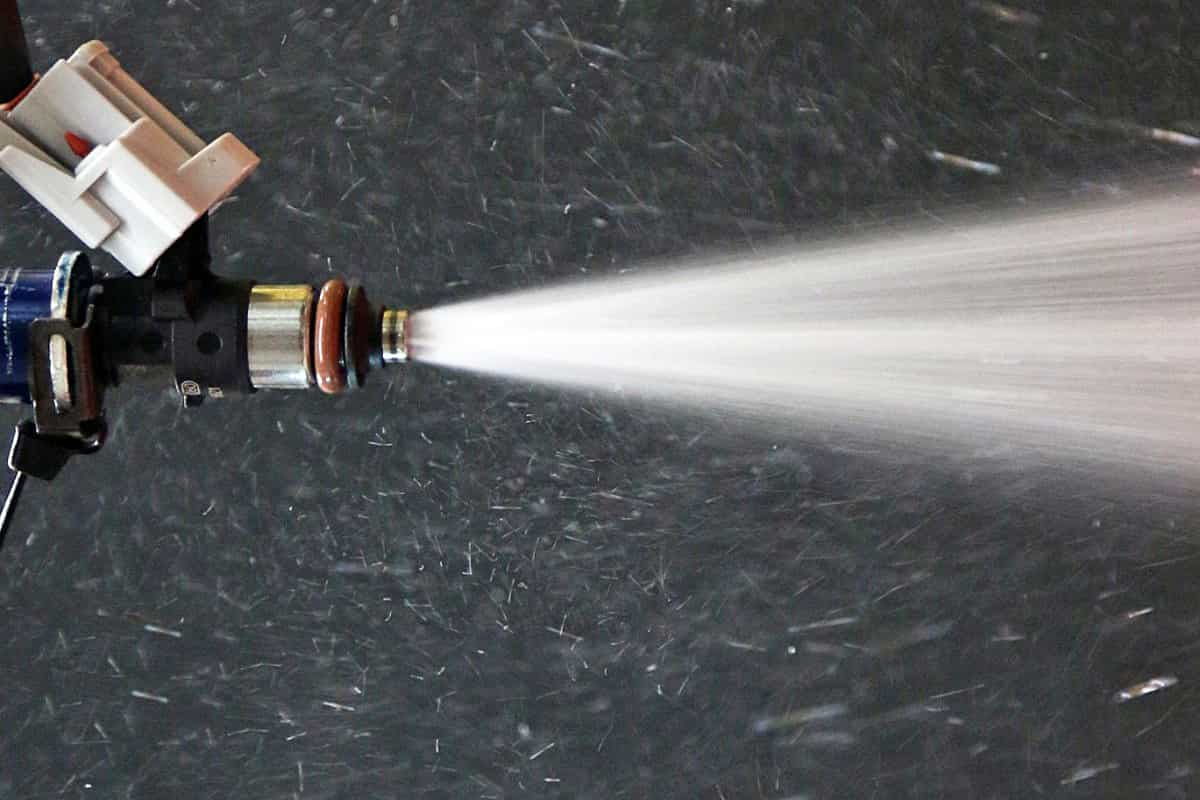
agriculture heavy pump materials
The larger pumps can generate pressures of up to 300 PSI and have a flow rate of up to 50 GPM. When it comes to pumping abrasive materials, roller pumps have the disadvantage of wearing out far more quickly than other types of pumps. Cast iron or NI-resist, which is resistant to corrosion, can be used to make the housings of roller pumps. Nylon, polypropylene, Teflon, or Buna-N-rubber can be used to make the rollers, and leather, Viton, or Buna-N can be used to make the seals between the rollers and the housing. You may apply any kind of spray, from fertilizer to weed killer to pesticide to suspensions, using nylon rollers. Rollers made of nylon are quite versatile. Rollers made of Buna-N are required whenever abrasive suspensions and water are being pumped. In applications involving the purification of water and its handling, polypropylene rollers have been shown to be reliable and long-lasting. Teflon rollers have been shown to be resistant to a variety of chemicals in a number of different environments. Roller pumps must have sealed ball bearings that can be replaced, shafts made of stainless steel, and replacement shaft seals. Additionally, the factory ought to oil the sealed ball bearings. This is the connection style that is most commonly used for roller pumps. Installing a control valve on the agitation line in order to manage the bypass flow allows the spraying pressure to be adjusted accordingly. A pressure relief valve is standard in roller pump systems. When the boom is switched off, the valve’s spring-loaded ball, disc, or diaphragm opens to allow excess flow to bypass back to the tank. This protects the components of the sprayer from damage. 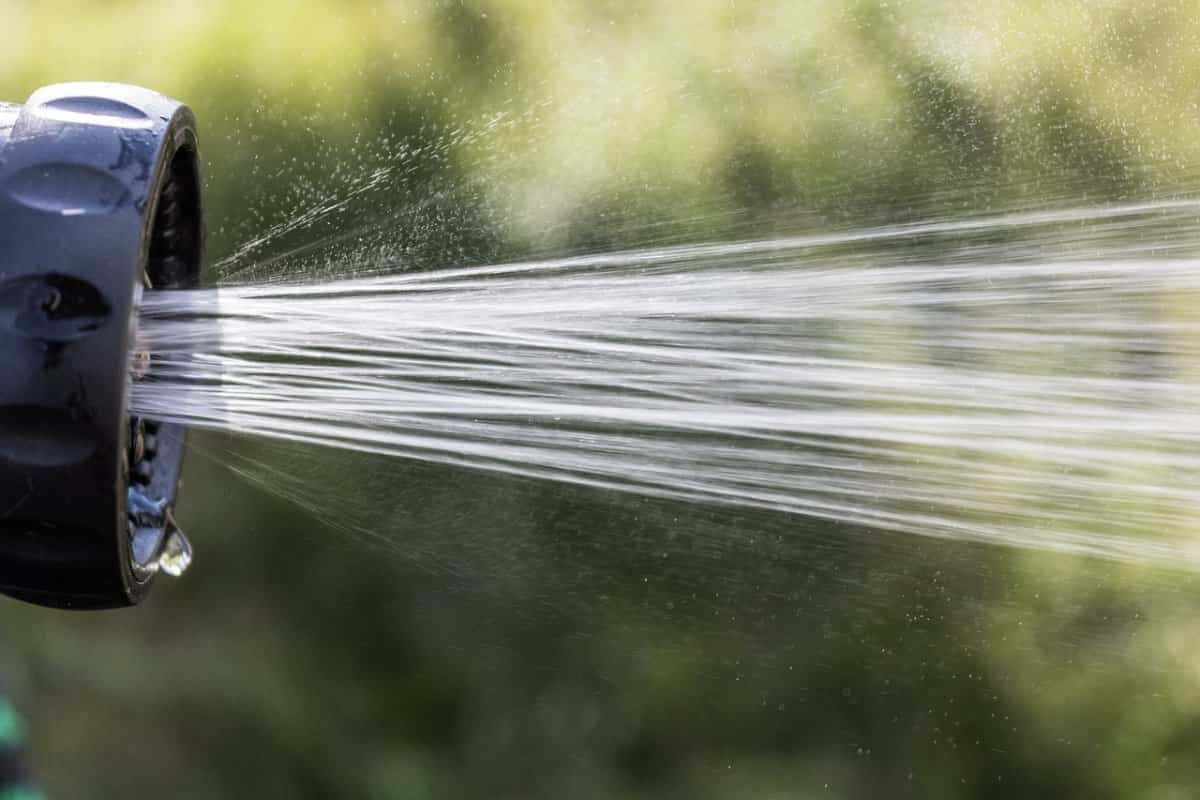
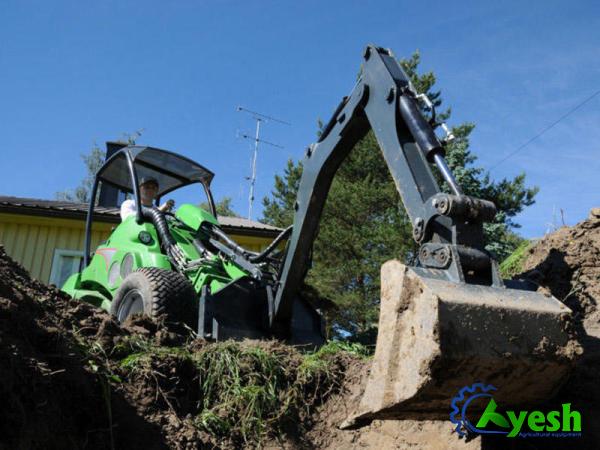
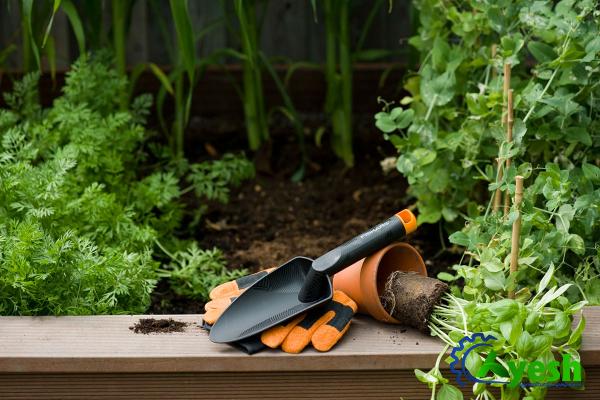
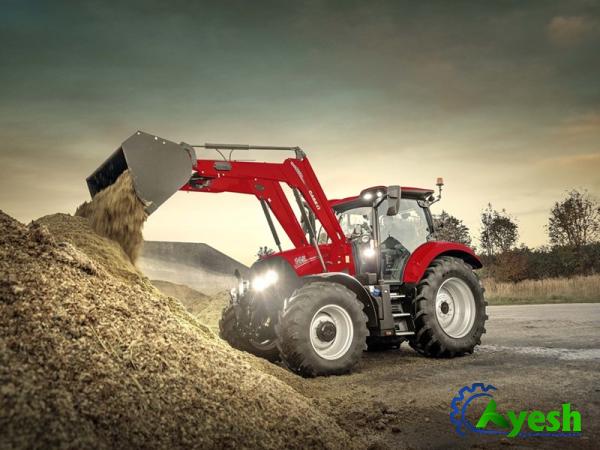

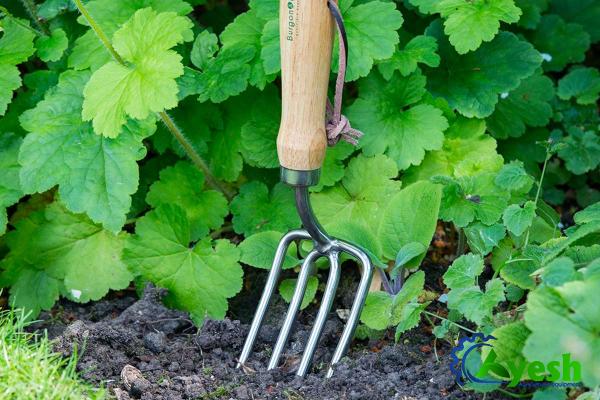

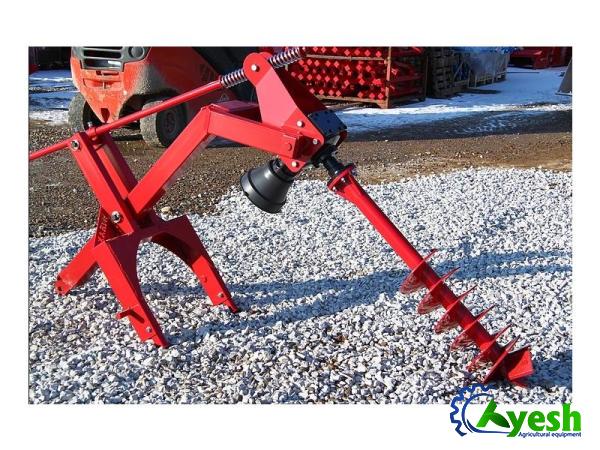
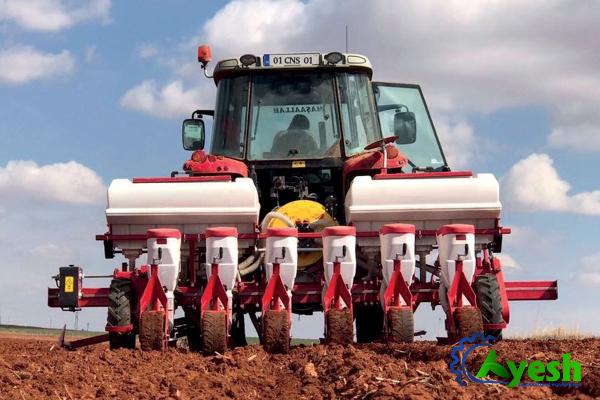


Your comment submitted.